Driving Audio Tour
The Henry Ford Audio Driving Tour Series
This audio tour was created for the 150th Birthday Celebration and we are very proud to be able to bring it to our new web site. We want to thank the MotorCities National Heritage Area and Tourism Canada for their assistance in the development of this tour. In the future we are hoping to expand the list of locations.
Edsel and Eleanor Ford House

1100 LAKE SHORE ROAD, GROSSE POINTE SHORES
(313) 884-4222 www.fordhouse.org
Designed to resemble rural village cottages in England, the Edsel and Eleanor Ford House, built in 1927, features an elegant design by the famed architect, Albert Kahn. The beautiful 87-acre landscape, designed by Jens Jensen, served as a home for Edsel and Eleanor’s family and is now open to the public for tours.
Detroit Driving Club Horse Track, Site of Henry Ford’s First Automobile Race
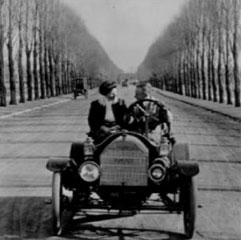
13100-13198 E JEFFERSON AVE. (Jefferson near Lenox)
The popular horse and sulky dirt track that once stood at this site hosted an infamous race between Henry Ford and highly respected race-car driver, Alexander Winton of Cleveland in October of 1901. Ford’s win over Mr. Winton in the 10 mile race drew the attention of Alexander Y. Malcomson, who eventually partnered with Ford in manufacturing automobiles.
Detroit Dry Dock Engine Works
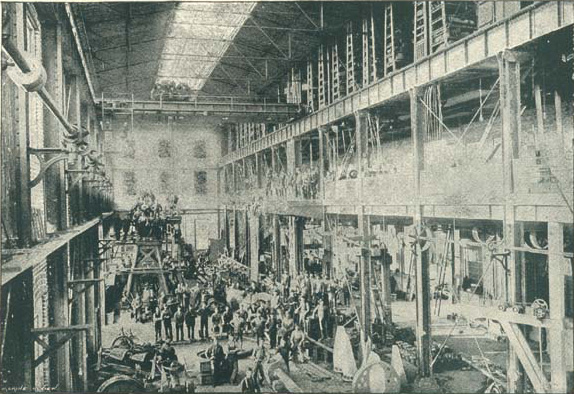
GLOBE BUILDING, 1900 ATWATER, DETROIT
The Detroit Dry Dock Company was the region’s largest and most renowned ship builder. Henry Ford apprenticed here between 1880 and 1882. It was here that he befriended the chief engineer, Frank Kirby, who encouraged him to learn about steam engines, machine tools, and shop practices
Malcomson Coal Company, birthplace of Ford Motor Company
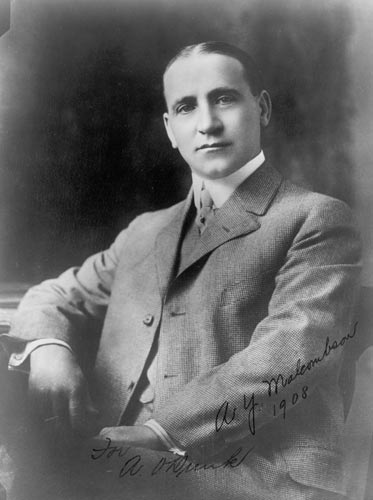
1 HART PLAZA, DETROIT
In 1903 the incorporation papers for the Ford Motor Company were signed here in the offices of Alexander
Malcomson, owner of the coal yard that once stood on this site. Mr. Ford befriended him during his frequent trips to
purchase coal for the Edison Illuminating Company. Ford’s recent victory at the Detroit Driving Club attracted additional investors, John & Horace Dodge and James Couzen.
Wayne County Building

600 RANDOLPH STREET, DETROIT
Eager to improve roads, Henry Ford became one of the first Wayne County Road Commissioners in 1906, working from this classical revival-style building, constructed between 1897 and 1902. This relationship would evolve into joint projects between Ford Motor and Wayne County in developing his Village Industry Plants.
Birthplace of Henry Ford’s First Automobile
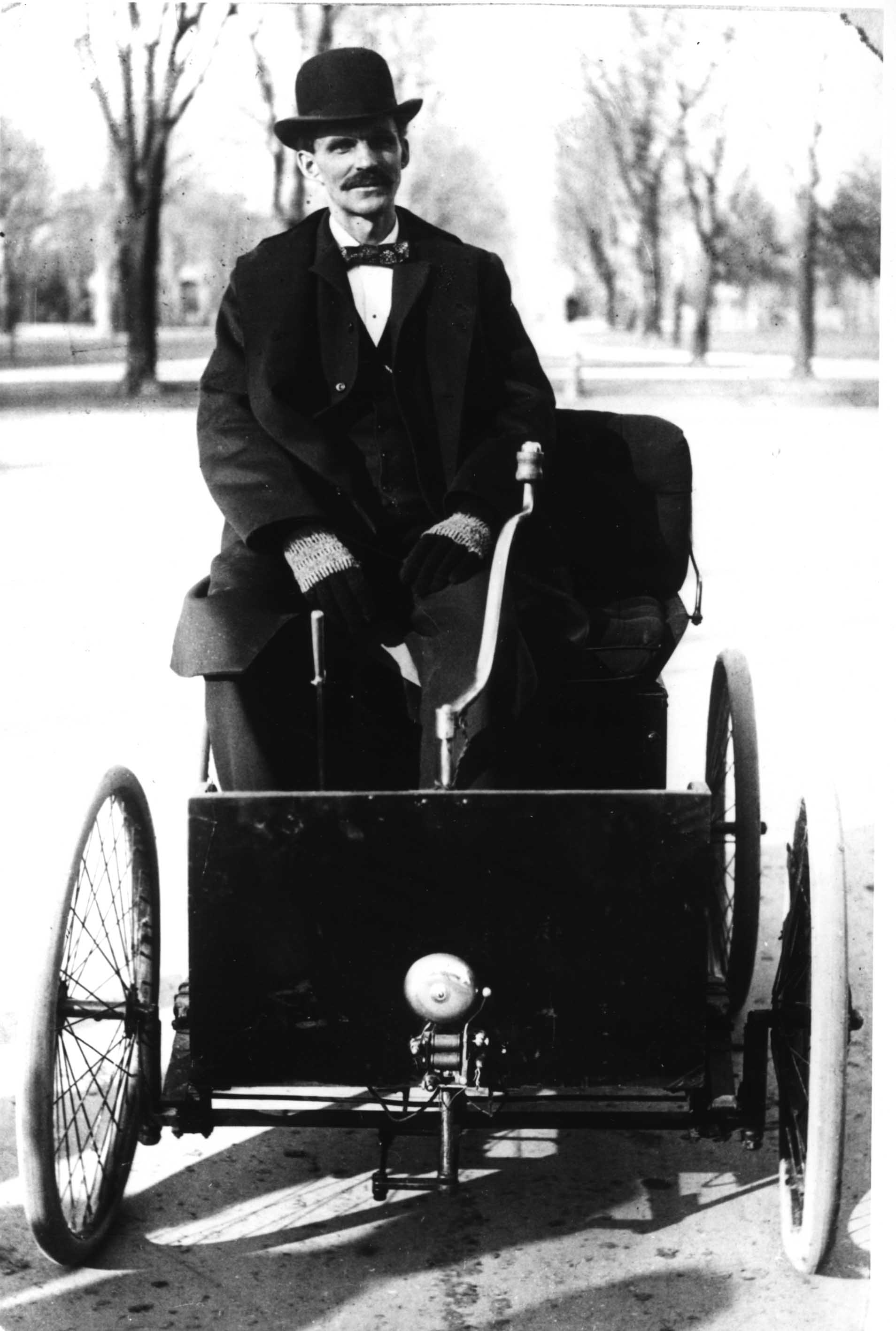
MICHIGAN THEATER BUILDING,
220 BAGLEY AVENUE, DETROIT
In a rented duplex on this site, Clara helped Henry test his first internal combustion engine on their kitchen sink on Christmas Eve1893. In 1896, in a brick shed behind that home, Henry built his first horseless carriage, the Quadricycle. The shed has been reconstructed and is now in Greenfield Village. Historic
Marker
Masonic Temple

500 TEMPLE STREET, DETROIT
(313) 832-7100
www.themasonic.com
Henry Ford, who was a Freemason, sponsored The Ford Sunday Evening Hour radio program, which was broadcast from here every Sunday from 1934 to 1946, except during World War II. This is the largest Masonic Temple in the country and has recently been restored for private event use and tours.
Edison Illuminating Company
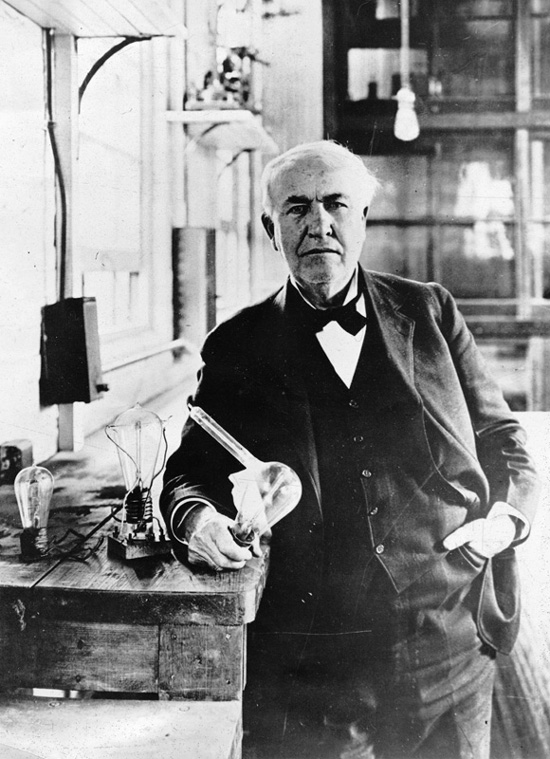
4209 WOODWARD AVE, DETROIT
(WILLIS AND WOODWARD)
The Edison Illuminating Company Substation at this location is where 28 year-old Henry Ford first worked as a steam engineer, maintaining the engines that powered the dynamos that illuminated this part of Detroit. It was here he befriended his hero, Thomas Edison, who encouraged him to continue his work on inventing a gasoline automobile.
Ford Piquette Avenue Plant
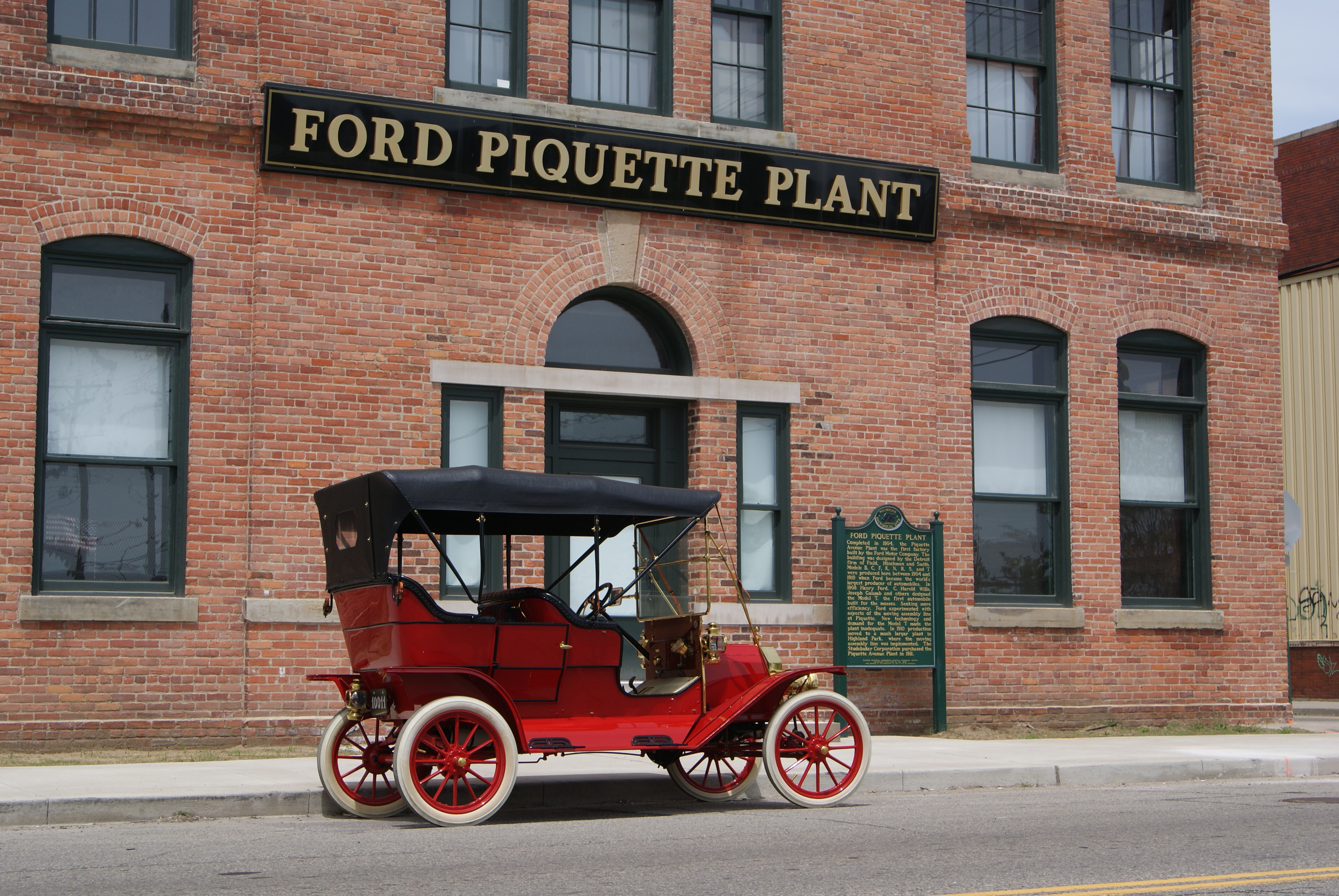
461 PIQUETTE AVENUE, DETROIT
(313) 872-8759 www.tplex.org
This 1904 plant is the birthplace of the Model T, dubbed the most significant automobile of the 20th century and is the first factory specifically built for the Ford Motor Company.
Henry Ford Hospital
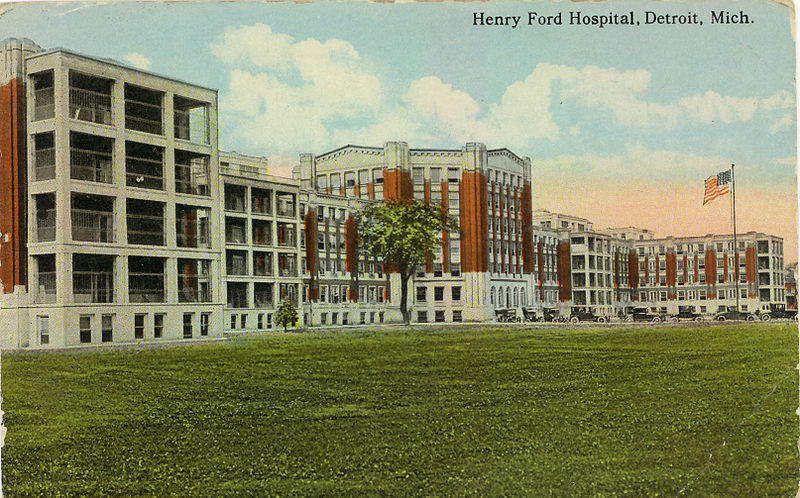
2799 W. GRAND BLD, DETROIT
(313) 916-2600 www.henryford.com
In 1915 Henry and Clara contributed land and funding for the Detroit hospital that later became Henry Ford Hospital, one of Ford’s largest charitable efforts. The hospital was contracted by the war department and served troops in World War I. The Clara Ford School of Nursing opened in 1925, along with a 300-room nurse’s home.
Henry and Clara Ford Home
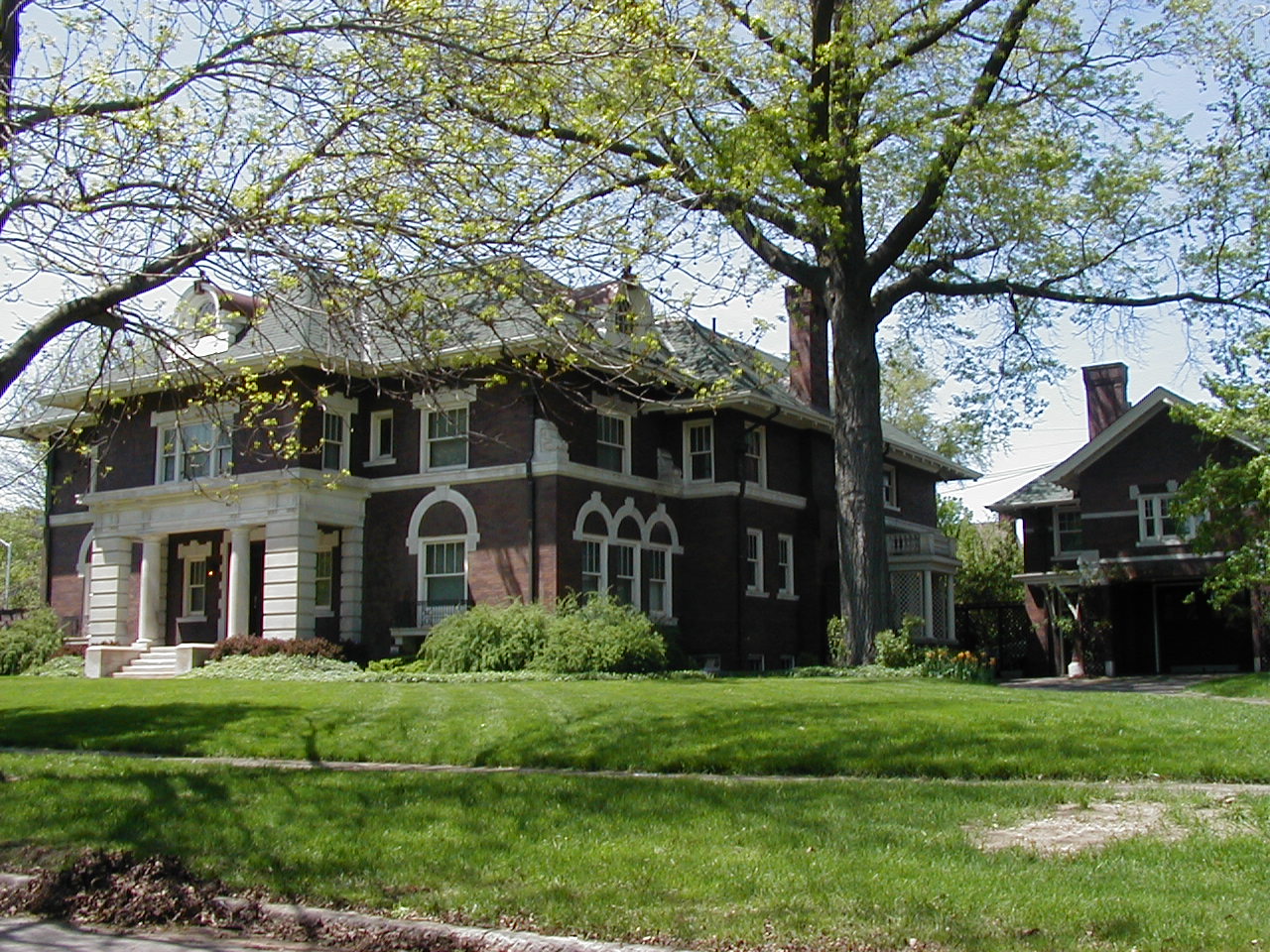
140 EDISON AVENUE, BOSTON-EDISON,
www.historicbostonedison.org
In search of a new place to call home, Henry and Clara moved to the historic Boston-Edison District where several other auto barons also resided. The Italian Renaissance Revival style home was completed in 1908 and even included a machine shop for their son Edsel. (Private home not open to the public)
Highland Park Ford Plant
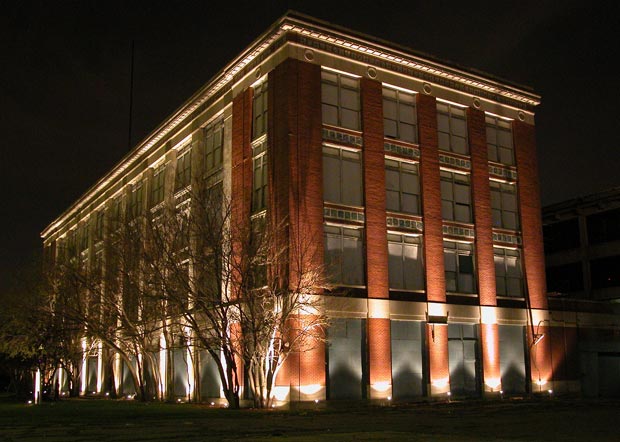
15050 WOODWARD AVENUE,HIGHLAND PARK
www.woodwardavenue.org
Considered one of the most significant industrial buildings in America, the Highland Park Plant introduced the automated assembly line in 1913 revolutionizing manufacturing. It also debuted the $5 dollar workday in 1914 which doubled wages and reduced a typical work shift from nine to eight hours, leading to the establishment of the American middle class. Historic Marker– Not open to the public
St. Martha’s Episcopal Church Cemetery

15801 JOY ROAD. DETROIT
Since 1893 this land had been operated as a cemetery for descendants of Samuel Ford. Clara Ford commissioned an Episcopal Church to be built on site which was finished in 1954. Both Henry and Clara Ford are buried here. Grounds are open to the public for tours.
Henry Ford Birthplace Park
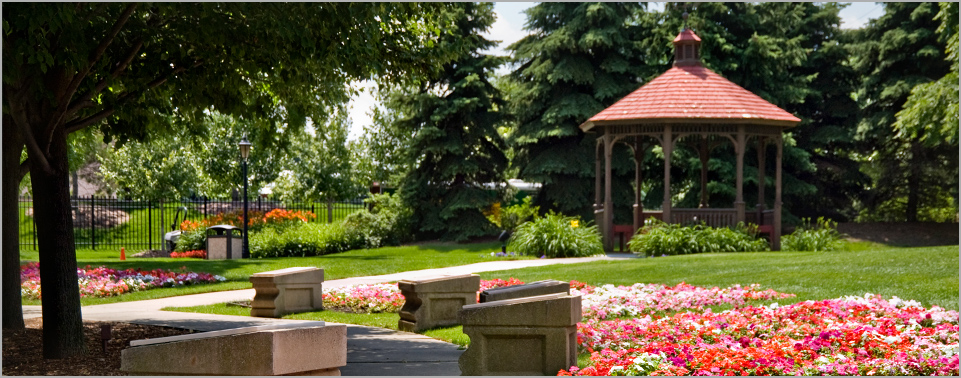
15101 FORD ROAD DEARBORN
It was near the site of this park at the corner of Ford and Greenfield Roads that Henry Ford was born on July 30, 1863. The farm on this land was home to Henry from his birth until he left at age 16 to find work in Detroit.
Ford River Rouge Complex
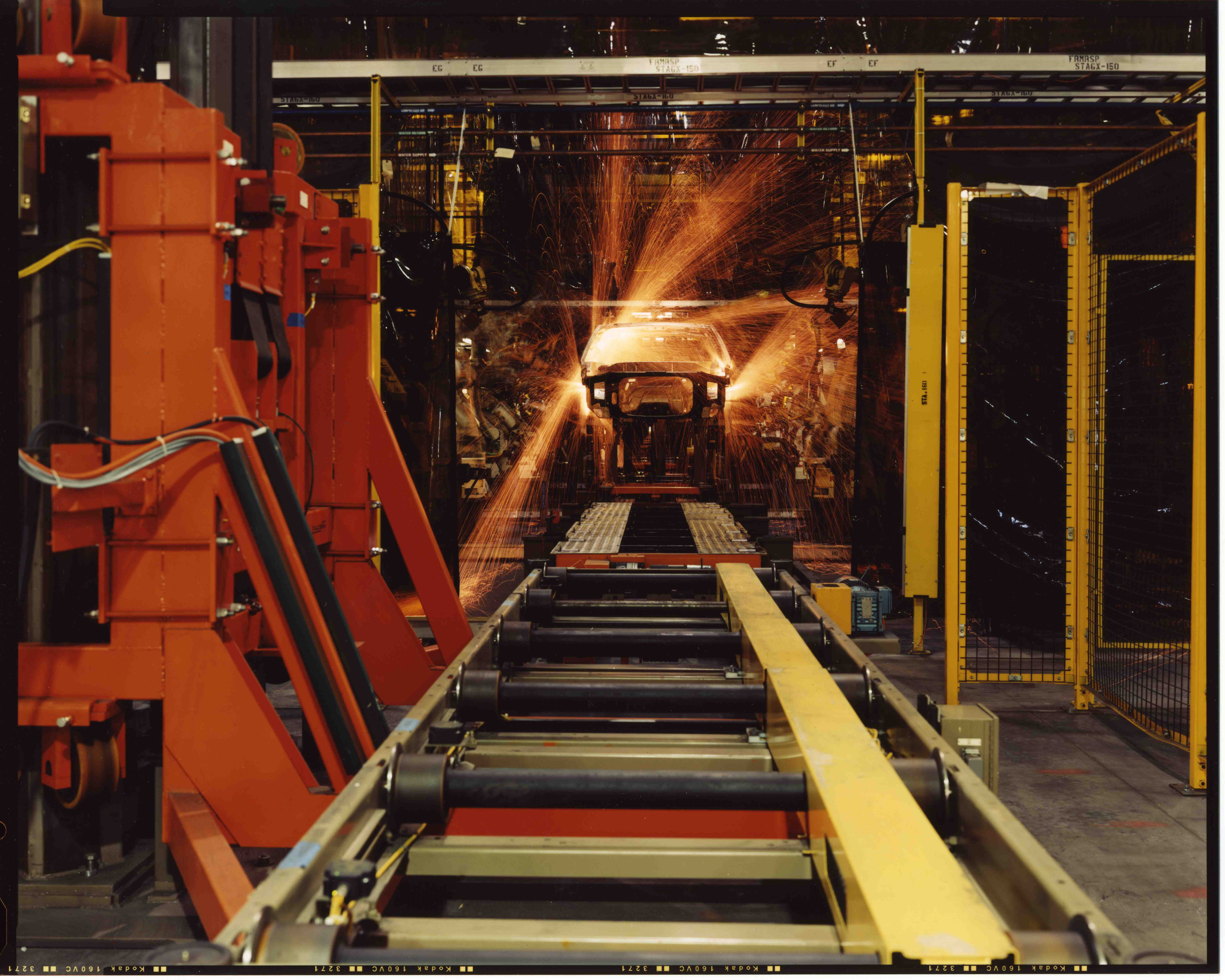
3001 MILLER ROAD, DEARBORN
www.thehenryford.org/rouge
Initially designed by Albert Kahn, this totally self-contained plant gave Ford Motor Company the ability to transform raw materials into one car, every 49 seconds using a process called vertical integration. During World War I, Ford produced Eagle Boats here. Currently it hosts the world’s largest green roof which can be viewed as part of the Rouge Factory Tour.
Site of the 1932 Hunger March

10520 FORT STREET, DETROIT
As the Great Depression deepened, laid off workers of Ford Motor Company organized a Hunger March, on March 7th, 1932 carrying banners reading “Give Us Work”. The march resulted in five workers being shot to death. This march would ultimately lead to Ford Motor Company joining the other automotive companies in unionization. Historic Marker
The Dearborn Inn
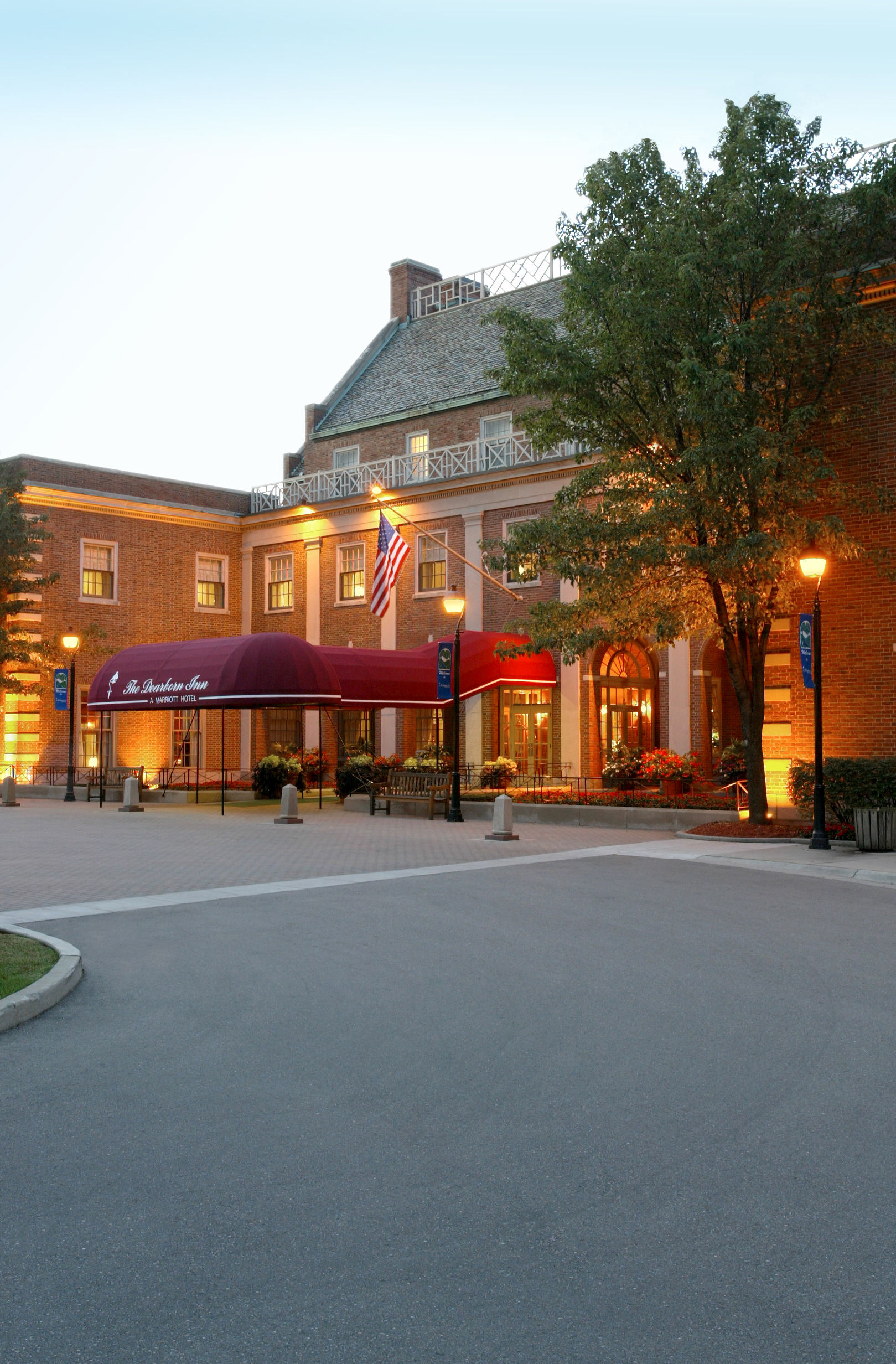
20301 OAKWOOD BOULEVARD, DEARBORN
(313)271-2700 www.marriott.com/Dearborn
As an outcome of Henry Ford’s involvement in aviation during the war, he commissioned this Georgian-style hotel to support the Ford Airport (Now Ford Motor Company proving grounds) in 1931. The Dearborn Inn is the first hotel to have air-conditioning and direct dialing in hotel rooms.
The Henry Ford and Greenfield Village

20900 OAKWOOD BOULEVARD, DEARBORN
(313)271-1570 www.thehenryford.org
Originally founded as The Edison Institute in 1929, this complex is home to a great wealth of heritage salvaged in order to recapture the best of a lost 19th century America within the walls of this museum and adjacent village.
Visitors can see artifacts and buildings as well as engage in interactive play.
George Washington Carver Soybean Laboratory
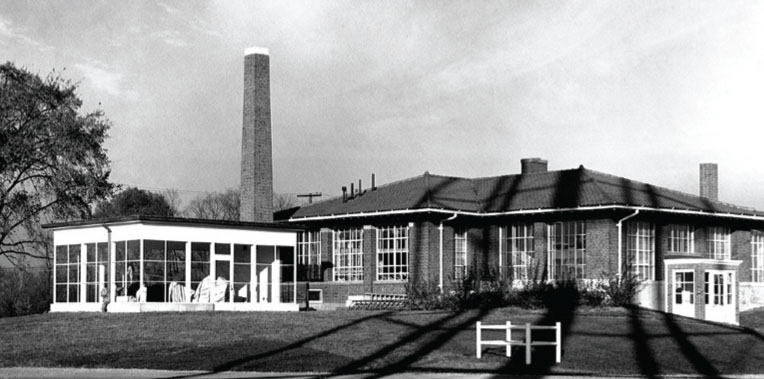
21031 MICHIGAN AVENUE, DEARBORN
Henry Ford re-purposed the former waterworks building for George Washington Carver’s visit to Dearborn in 1942 as a research facility for experiments with soybeans, peanuts, cotton and rubber used in manufacturing auto parts. The building included food and chemical laboratories, a library, vegetable storage, and an experimental kitchen.
The Henry Ford Estate Fair Lane
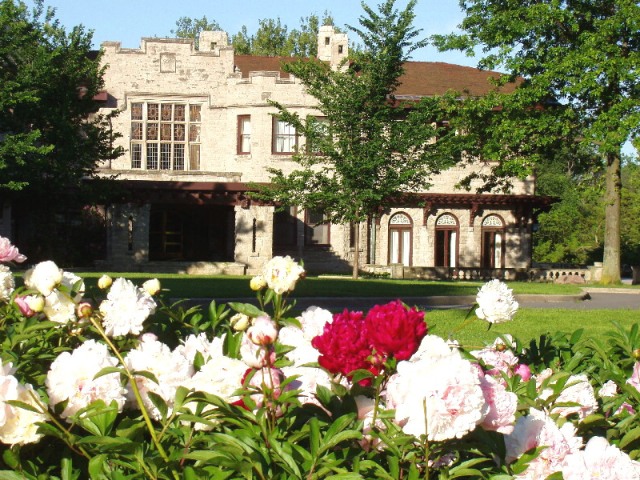
4901 EVERGREEN ROAD, DEARBORN
www.henryfordestate.org
Acquiring 1,300 acres of land along the Rouge River, Henry and Clara Ford built the Fair Lane Estate to escape public view, living here from 1915 until his death in 1947. The estate included landscapes designed by the famous Jens Jensen, a hydroelectric powerhouse, and a boathouse for Clara’s electric launch. The home is currently closed to the public. Grounds are open to the public
Square House
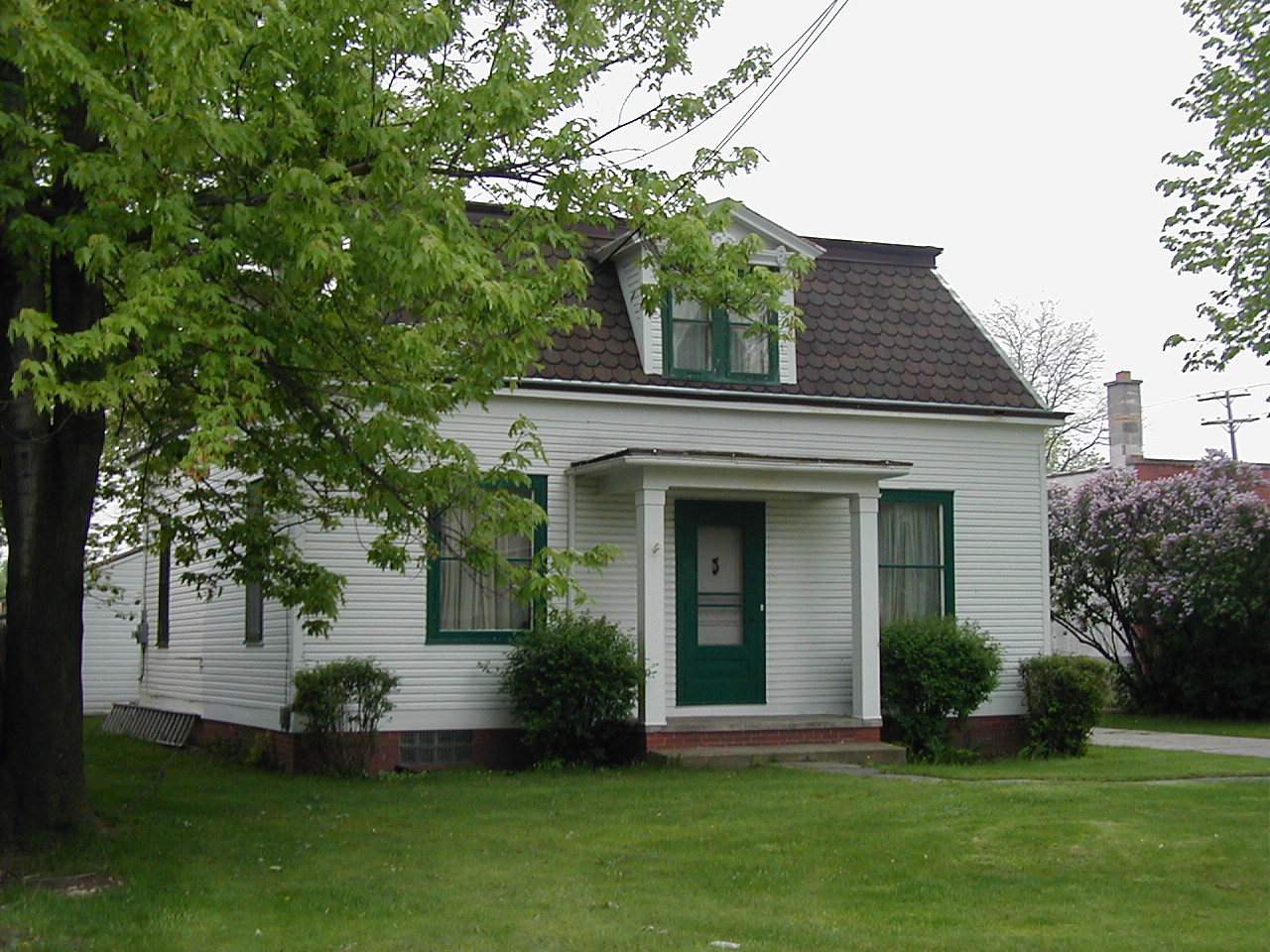
29835 BEECHWOOD AVE., GARDEN CITY
Henry Ford built this home for his young bride Clara in 1889. It was originally located at the intersection of Ford and Southfield Roads on land given to Henry by his father. The “Square House” was built to Clara’s specifications using lumber harvested from his land and cut by his own saw mill. Historic Marker. Private Home, not open to the public
Nankin Mills Nature Center
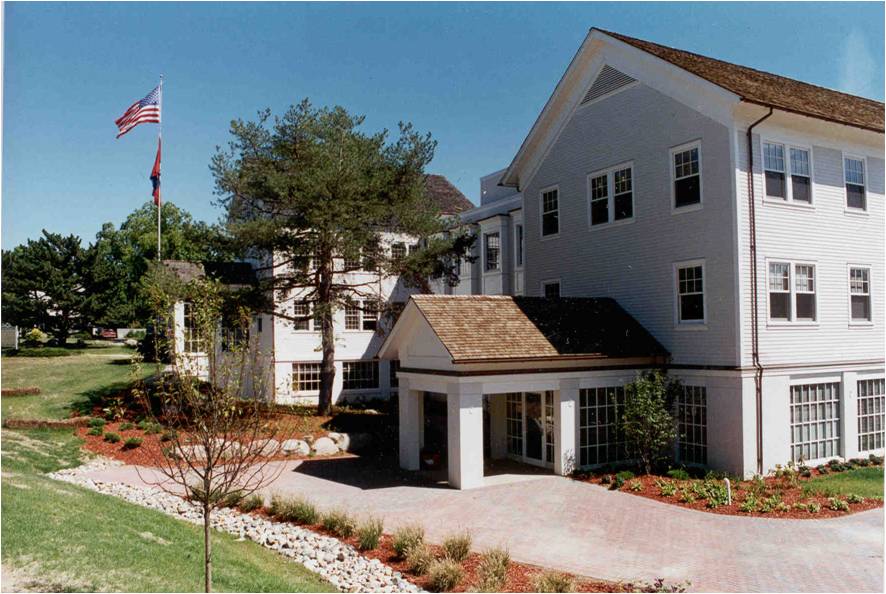
33175 ANN ARBOR TRAIL,
WESTLAND (734)261-1990
www.nankinmills.org
This former grist mill, built before the civil war, was frequented by Henry Ford who brought his father’s grain here to be milled. Purchased in 1918, Henry Ford converted it into a water-powered machine shop where workers could farm in the summer and make auto parts in the winter. The original Thomas Edison hydroelectric generator is still present. The mill was converted into a nature center in the 1950’s
Nankin Mills Schoolhouse (Perrinville)

33175 ANN ARBOR TRAIL,
WESTLAND (734)261-1990
www.nankinmills.org
This former grist mill, built before the civil war, was frequented by Henry Ford who brought his father’s grain here to be milled. Purchased in 1918, Henry Ford converted it into a water-powered machine shop where workers could farm in the summer and make auto parts in the winter. The original Thomas Edison hydroelectric generator is still present. The mill was converted into a nature center in the 1950’s
Botsford Inn
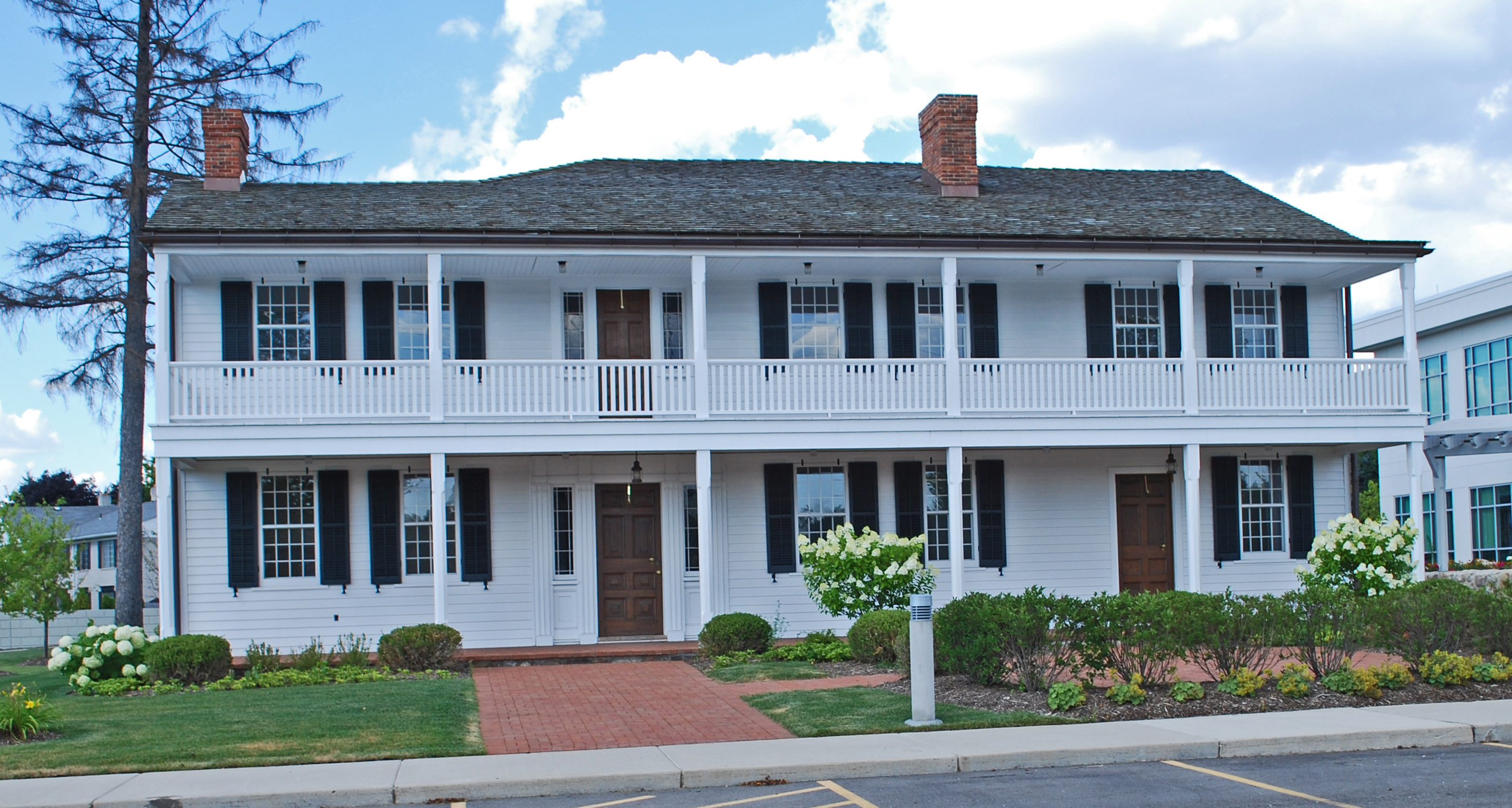
28000 GRAND RIVER ROAD FARMINGTON HILLS
During Henry and Clara Ford’s courtship the couple would attend dances at the Botsford Inn. In 1924 Henry Ford restored the Inn as part of his interest in old style dance. Benjamin Lovett, a dance instructor, was brought from Massachusetts to teach dance to Ford’s employees.
Northville Valve Plant

235 EAST MAIN STREET, NORTHVILLE
ci.northville.mi.us (248) 348-1845
Henry Ford converted this former grist mill into his first and longest operating Village Industry Plant in 1920 to produce engine valves. The intent of this small machine shop was one of Mr. Ford’s grand experiments in keeping farmers with one foot on the farm and one foot in the factory. The village is open to the public.
Northville Mill Race Village
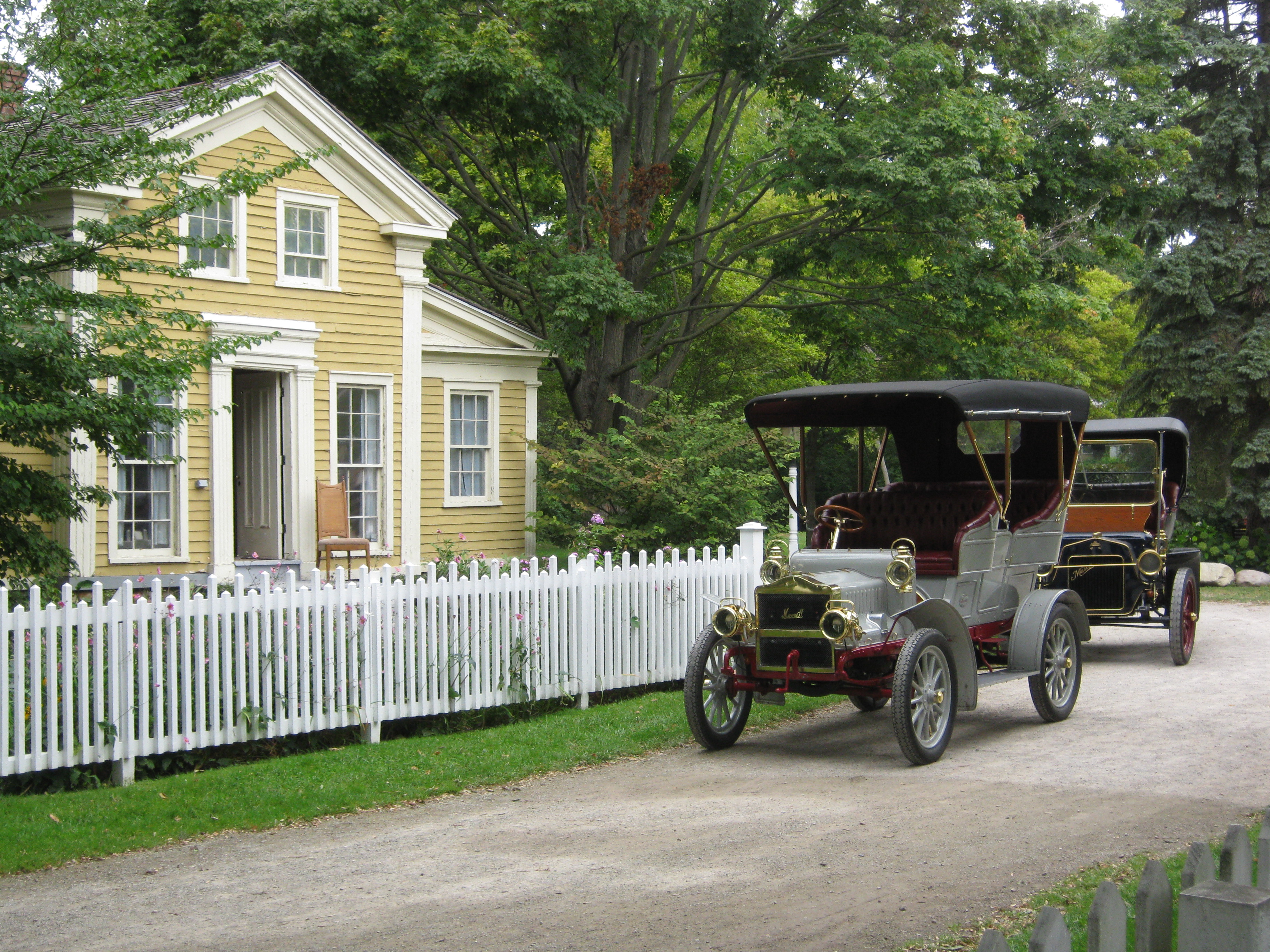
215 GRISWOLD STREET,
NORTHVILLE • (248)348-1845
ci.northville.mi.us
This Victorian village consists of nine structures relocated by volunteers on the banks of the Rouge River on land donated by the Henry Ford Motor Company. It is nestled adjacent to a historic mill converted by Henry Ford, into his first Village Industry Plant, the Northville Valve plant
The Willow Run Airport now site of Yankee Air Museum

47884 D ST., WILLOW RUN AIRPORT,
BELLEVILLE (734)483.4030
www.yankeeairmuseum.org
Known as Ford Motor Company’s most significant contribution to the Arsenal of Democracy, the B-24 Bomber was manufactured here during World War II using assembly line methods adapted from auto manufacturing to produce planes at the rate of one per hour. This plant also employed many women and inspired the infamous icon, Rosie the Riveter
Benson Ford Research Center

Visit the Research Library in person or online to explore the rich resources of one of the world’s most significant American history collections. When you visit our public reading room, you can view historic documents and photographs, read rare books, and explore a wealth of other materials. Browse our website to sign up for Behind-the-Scenes Tours and Special Access services into the heart of our collections. If you can’t visit in person, you can still take advantage of our online collections and library catalog, which allow you to access selections from and information about the rich collections of The Henry Ford from anywhere in the world.
The Early Ford V8 Foundation and Museum

We’re NOT your typical Museum. We feature Flathead V-8 engines, transmissions, rear axles (many of them “cut-a-way” models showing the inner workings); tons of memorabilia, service items, including test equipment and tools; a dashboard collection, carburetors, tires & rims, clocks for every early V-8 year; Schramm air compressors, showroom banners, advertising posters, and on and on. All Genuine Ford. We’ve got enough Fantastic Ford items to keep you busy “exploring” for many hours. Our Reference Library is being organized with hundreds of books, manuals and Ford DVD videos. An irresistible mecca for the Ford V-8 enthusiast! And we’re still adding to the collection.
The Model A Foundation and Museum

The Model A Ford Foundation, Inc. seeks to preserve Model A Fords and related memorabilia, encourage research, and to educate present and future generations. The goals of the foundation are to provide museum-type displays of collections of significant vehicles, artifacts and accessories on loan to established museums; establish a collection of documents to inform and educate people about the Model A Ford and its place in transportation history; develop a research database for use by automotive and social historians and to manage museum displays so as to attract additional membership and enhance youth involvement.
The Edison and Ford Winter Estates

Visitors to the Edison & Ford Winter Estates in Fort Myers will enjoy 20 acres of historical buildings, historic gardens, the Edison Botanic Research Lab and the Edison Ford Museum. The newly restored buildings include the Edison Main House, Guest House, and Caretaker’s House and the Ford House. The 1929 historic landscape is throughout the property including the award winning Moonlight Garden. The Edison Ford Museum has hundreds of inventions, artifacts and special exhibits.
MotorCities National Heritage Area

MotorCities National Heritage Area is an affiliate of the National Park Service dedicated to preserving, interpreting and promoting the automotive and labor heritage of the State of Michigan. MotorCities was designated by U.S. Congress in 1998 to preserve the cultural and historic landscape associated with the automobile in Southeastern and Central Michigan.
The Henry Ford Heritage Association
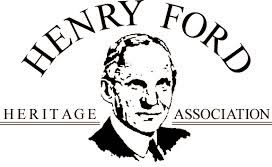
The purpose of the Henry Ford Heritage Association is to foster interest in the life and accomplishments of Henry Ford and to preserve and interpret the landmarks associated with his life and family.